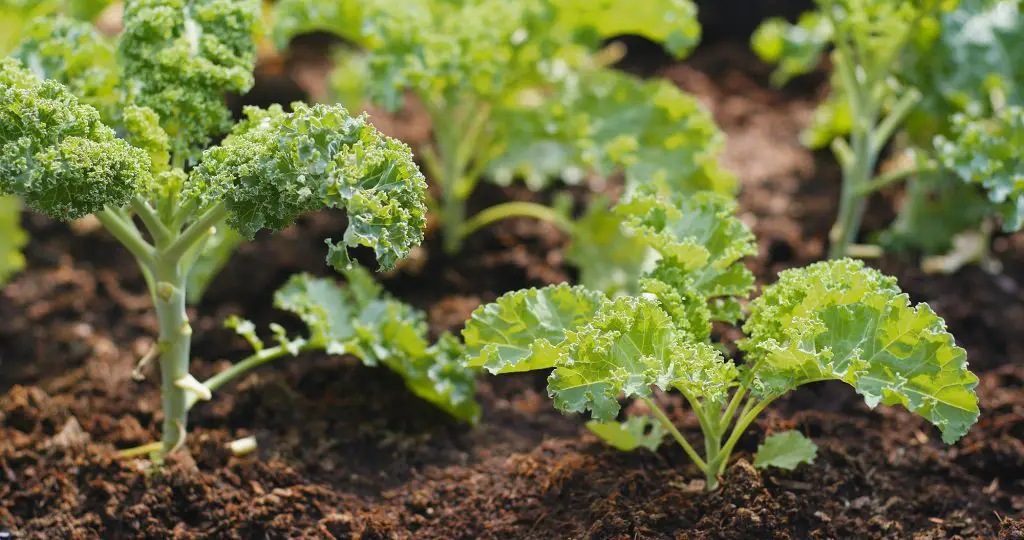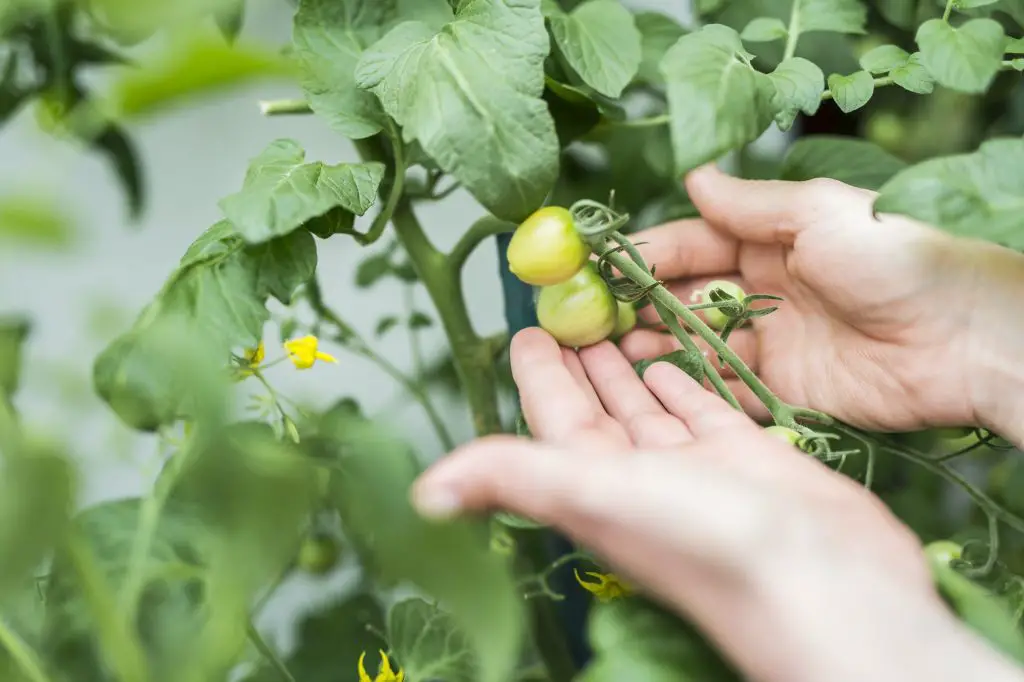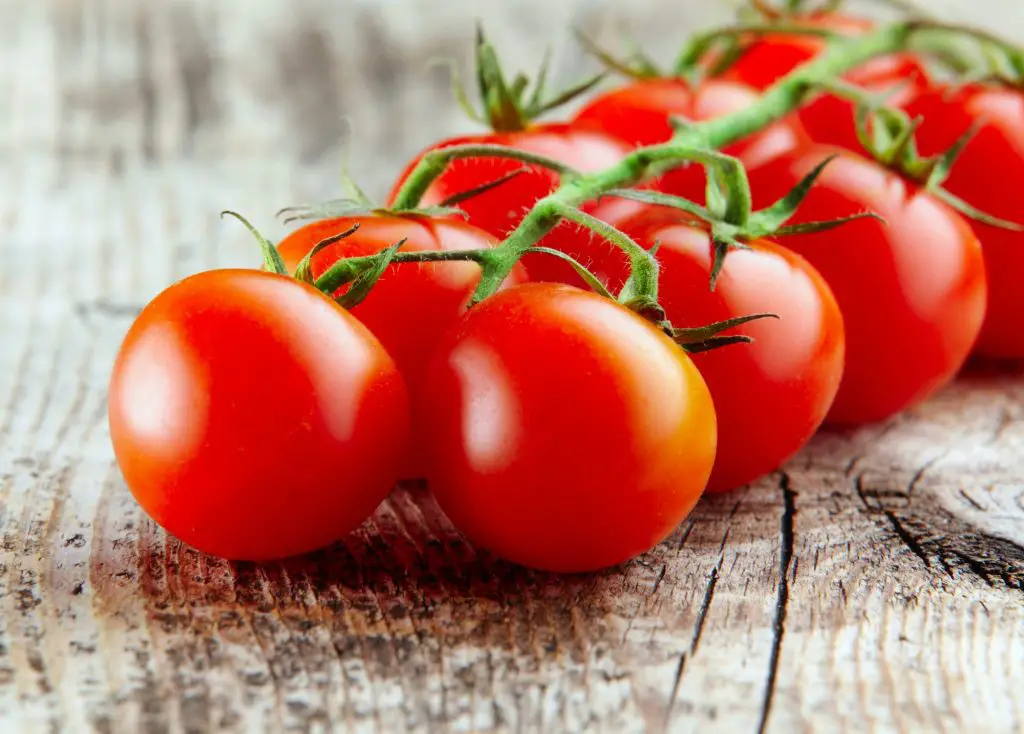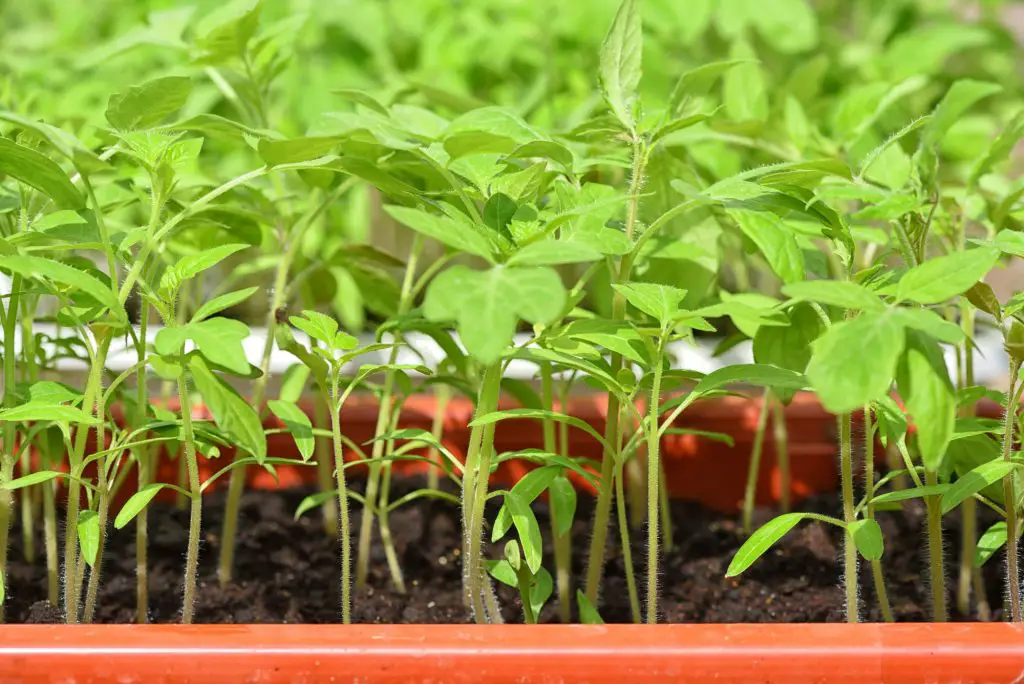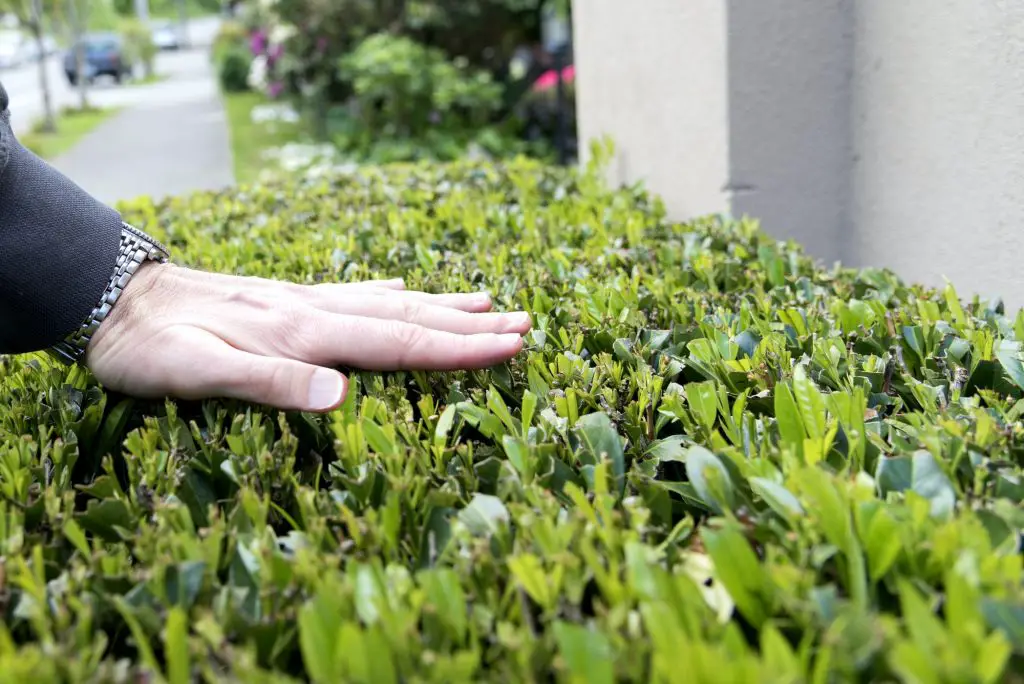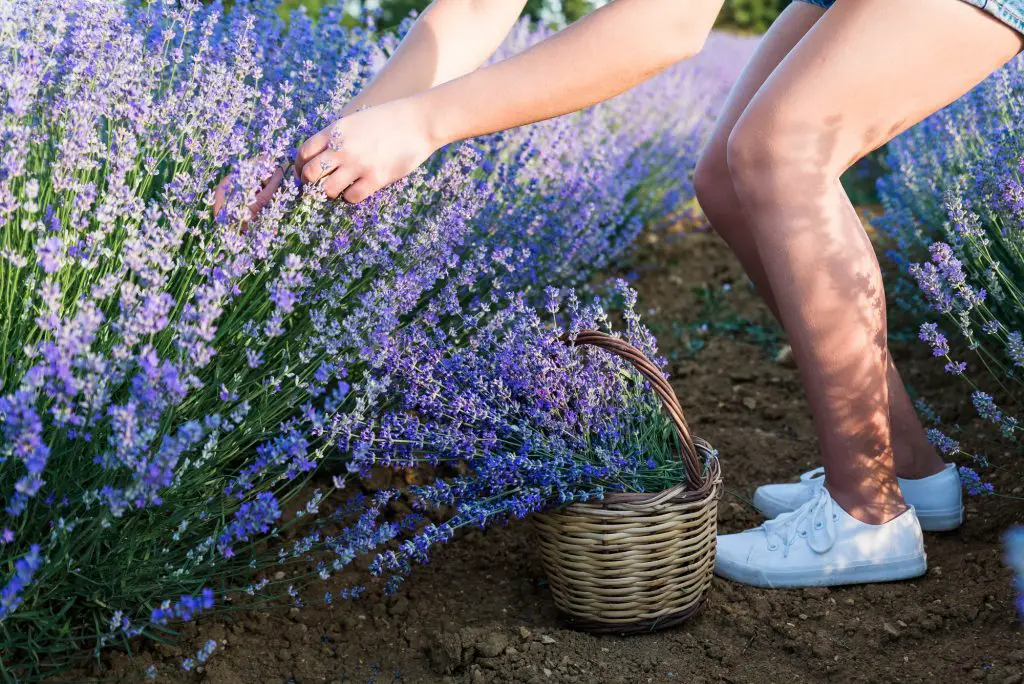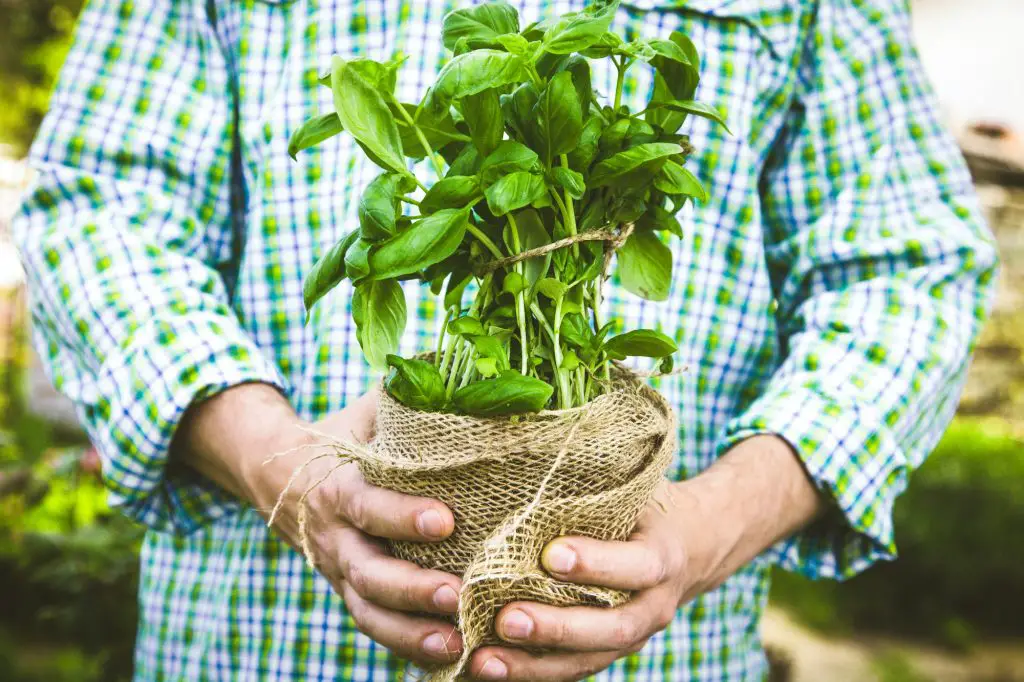If you have decided to grow kale next in your garden, then you have made a very good decision. this biennial plant is from the Brassicaceae family, the same family with cabbage, broccoli brussels sprouts, etc. they are also known as cruciferous vegetables.
Kale is a powerhouse of nutrients and can offer a lot of health benefits to the body. Kale comes in shades of purple and green and is mainly for culinary purposes. Kale is native to a lot of places and can be found anywhere.
Like many other vegetables, kale is very good for companion planting. All farmers need at least one benefit of companion planting, so it is impossible to say companion planting isn’t for you, as long as you are pairing the right plants.
Table of Contents
What is companion planting?
Companion planting is growing two or more plants together for mutual benefits. Yes, it is as simple as this. Companion planting is encouraged for the many benefits it provides the plants, soil, and the environment.
What are the benefits of companion planting?
- Attract beneficial insects: beneficial insects are insects that perform one valued activity or another i.e. pollination, pest control, etc. some of these insects also provide soil fertilization. Examples are bees, ladybugs, praying mantis, dragonflies, etc. Some plants attract these insects and growing these plants close to other plants, helps get their seeds pollinated.
- Improve soil nutrients: crops naturally take up nutrients from the soil, and at the end of the season, the gardener is left to add nutrients to the soil, however, some plants are known to add nutrients to the soil. i.e. beans. Growing certain plants together with these plants gives the farmer less work to do concerning nutrients, it also allows the plant to grow well since it is receiving adequate nutrients.
- Pest repellant: Various pests are known to disturb vegetable gardens. Many companion plants i.e. herbs, marigold flower, rue, etc. help repel certain pests, grow them next to your plant will have you resting from such pests.
- Fast growth and better taste: the plant you grow next to your vegetable or herbs can affect how well and better they taste and grow. These plants release some chemicals that allow the plants around them to grow faster and influence their tastes. The benefits of companion planting are, however, not limited to the ones listed here.
Kale Companion plants
Here are the best plants to grow with kale in your garden.
1. Kale and beets
Beets are known to contribute certain important minerals to the soil and this can be taken up by kale. Beet is not only beneficial to kale but to all members of the cabbage family. It can also serve as a good addition to a compost pile.
2. Kale and celery
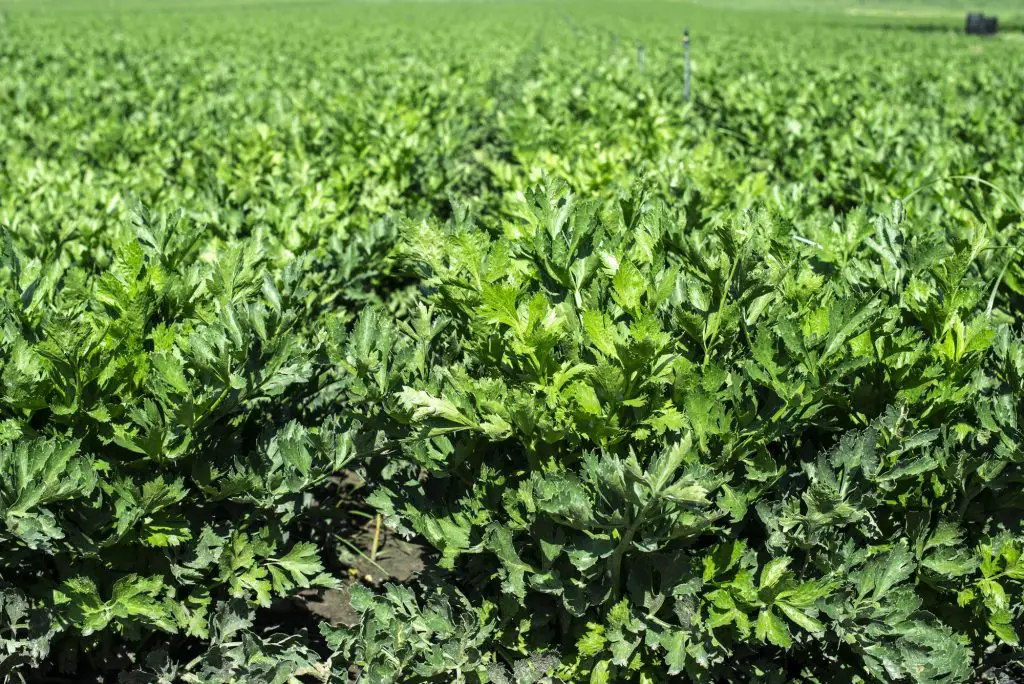
A vegetable garden is prone to a lot of pests, however, plants like celery have scents that certain insects do not find pleasant. Growing celery with kale can help repel these insects that damage vegetables. This not only works for kale but every member of the cabbage family.
3. Kale and onions
Cabbage loopers, worms, cabbage maggots, aphids, rabbits, etc are some of the pests that frequently attack vegetables, especially of the cabbage family, onion naturally serves as pest repellant so you can be assured that these pests won’t be disturbing your vegetables.
4. Kale and cilantro/coriander
Just so you won’t get confused, coriander is the seed of the plants, while cilantro is the stem and leaves. this is one of the best plants to grow with kale. This plant attracts beneficial insects and takes off common pests. We can term cilantro as a good pest repellant for kale.
5. Kale and marigolds
Every garden needs a bit of marigold in it, they act as ornamental and add color to your garden. Flowers like marigold attracts certain insects who come and prey on pests and prevent them from causing damages to your kale. Some species of marigolds, like the African and French marigolds, are very good for suppressing nematodes that attack the roots of plants.
6. Kale and rosemary
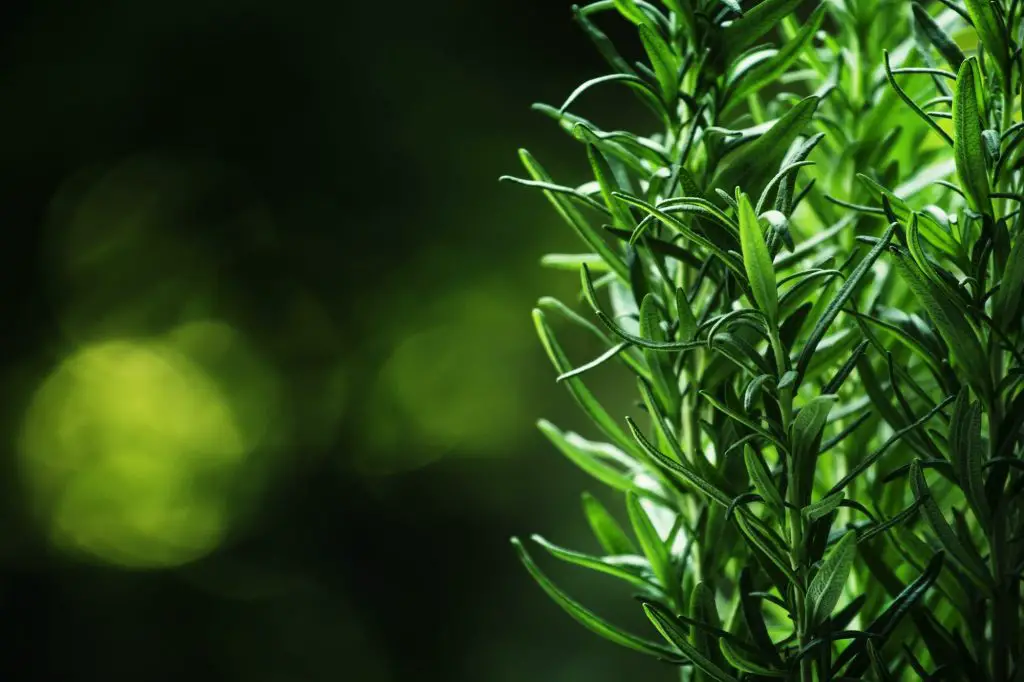
You may want to reconsider why you plant rosemary, it doesn’t just add scent to your cooking, it is greatly detested by some of the kale pests i.e. cabbage loopers. It not only works for kale but also all cruciferous vegetables.
7. Kale and hyssop
Hyssop is one herb that is not popularly used or known. Certain beneficial insects are attracted to hyssop flower and this will help in pollination. Asides from being an attractive plant, it also serves as a pest repellant. It sends off cabbage moth larvae and cabbage butterflies.
8. Kale and dill
As a gardener, it is becoming very essential to have dill in your garden. It is more than just a good ingredient for your meal, dill, not just attract beneficial insects and enhances growth, it also attracts beneficial insects that prey on pests. Dill is also known to protect kale seedlings as they grow.
9. Kale and buckwheat
Buckwheat attracts certain beneficial insects i.e. parasitic wasps, which can kill cabbage worms. It is also known as a ground cover, it seals in the moisture in the soil, so your plant can grow in a good condition. It also increases the nitrogen content of the soil.
10. Kale and garlic
Garlic, just like an onion, is one of the helpful plants to grow with garlic. It serves as a pest repellant for kale, to keep the pests from causing damages to your kale. It not only does this for kale but every member of the cabbage family.
11. Kale and sorghum
Sorghum, which is also known as broom corn, is known to attract parasitic wasps, this insect preys on certain pests that disturb kale.
12. Kale and lemongrass
Herbs are so great as companion plants; this wonderful herb is one of those herbs that serve as a repellant for damaging pests. You don’t have to just grow it for culinary or medicinal purposes anymore.
13. Kale and potatoes
Potatoes do well, not just with kale, but with every member of the cabbage family, potatoes can improve the growth rate of your vegetables and also improve their flavor.
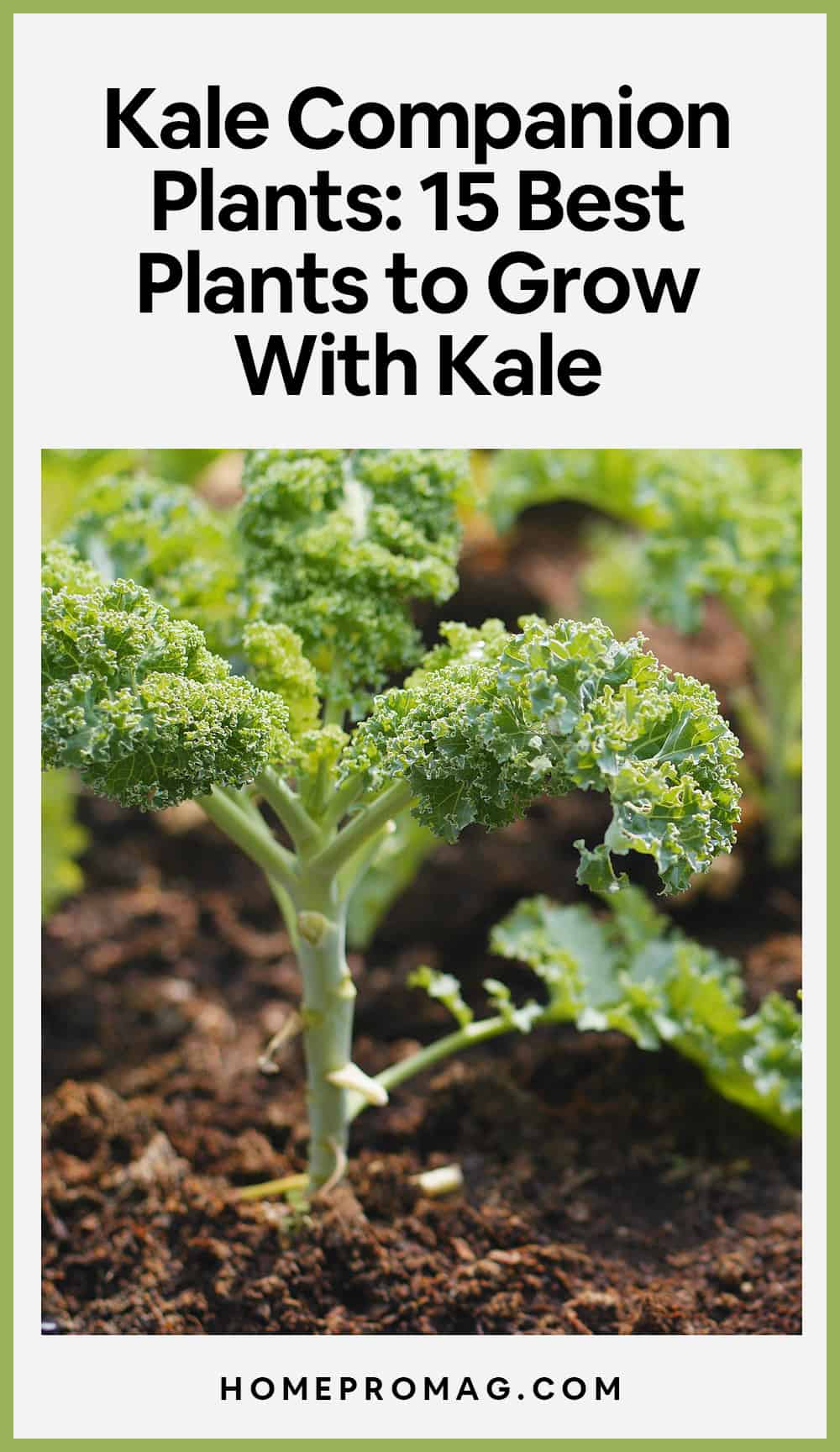
14. Kale and chamomile
Chamomiles are another beneficial plant that needs to be in every garden, chamomile allows you to practice organic farming/gardening. It is known to repel pests like cabbage moths. It is also thriving in partial shade.
15. Kale and Beans
Depending on who you talk to, beans have been regarded as one of the beneficial plants to kale, especially pole beans. Pole beans can provide shade for your kale if the sun gets too much. Beans are also known to supply nitrogen to the soil, giving your kale enough nutrients to grow with.
What should you not grow with kale?
While there are many plants kale can grow and benefit from, there are also some plants that kale cannot do well with, as a companion plant.
- Sunflowers: Sunflower is good; however, it cannot do well with kale as a companion plant. This is because it contains some chemicals that are not good for the metabolism of kale seeds. This chemical may not allow kale to germinate.
- Tomatoes: Tomatoes and kale are not beneficial to one another. Kale grows close to the ground and as a result, tomatoes obstruct sunlight from reaching kale, hence hindering its growth.
- Broccoli: Amazingly, kale or any member of its family members cannot grow together. This includes cauliflower, broccoli, brussels sprouts, etc. this is because they are susceptible to the same pests, diseases, etc. planting them together will mean an inflow of such diseases, pests, etc. and in the long run, this will hinder their growth and development.
- Strawberries: Both strawberries and kale are not suitable companions for one another. They do not thrive well when planted next to one another. Kale is prone to pest attacks and strawberries do not grow close to plants that may be susceptible to pest attacks.
- Basil: Although basil is an amazing herb, it is not a good companion to kale. Basil has a strong minty flavor, which when planted with kale, will influence the flavor and taste of your kale.
FAQ
Does kale regrow after cutting?
Kale may and may not regrow after cutting, it depends on how you harvest them. There is the right and wrong way to harvest kale. Cutting the plant off at the top, or harvesting the smaller leaves that are growing in the center will leave your plant dying after your harvest. You should leave the center area to keep reproducing.
Can I grow kale indoors?
Kale can be grown indoors for as long as you want. You do not have to worry that you don’t have enough space in your garden. However, you must provide enough light and moisture for your kale plant.
Does kale come back every year?
Kale is a biennial plant and although many grow it like an annual, it comes back for two years. Some other species of kale are perennial hence, you will find them coming back year after year, for a few years.
Can kale survive in winter?
Kale can withstand a lot of weather, including cold temperatures. This is why it is known as a hardy vegetable. In places where the temperature doesn’t get too cold, kale can survive the entire winter. However, you might need to protect your plant with a cold frame.
Does kale need direct sunlight?
Kale can tolerate partial shade; however, it grows best in full sun. kale requires at least 6 hours of sun daily. However, if you live in a hot climate, you might want to protect it from direct sunlight a bit.
How do you water kale?
Kale requires about one to one and a half inches of water every week. If your plant is in the pot, you may be required to water more often than this.
How do you harvest kale so it keeps re-growing?
Kale is a very easy plant to grow and harvest, kale is usually ready for harvest 55 – 60 days after planting. You will get smaller leaves at the center and larger leaves outside, you should pick the leaves on the outside and leave the ones at the center, only then can your kale plant continue to grow. You can make use of scissors or a knife instead of your hands if you have soft soil.
Does kale help you lose weight?
Kale is a powerhouse of nutrients, it is very low in calories, and because of this, it has high water content, and it also has a low energy density. Kale is filled with all the properties that qualify it as a weight-loss food, hence it should help you lose weight.
Can you overwater kale?
Although kale enjoys moist soil, it can be overwatered. Before you water your kale, make sure the top layer of the soil is dry. The ideal measure of water for your kale is 1 – 1.5 inches of water weekly, this can however be adjusted, depending on where you plant your kale.
Why do kale leaves turn yellow?
Kale is mostly regarded as healthy; however, some kale gardens may fall victim to diseases. Major bacteria diseases are responsible for turning kale leaves yellow, they can be damaging and tend to spread fast. If you notice any of your plants are infected, the best thing to do is to remove such a plant, before it spreads out.
Final thoughts
Growing kale can be interesting. Growing kale with other companion plants can be stress-free and rewarding. However, if you grow kale with any of the plants it does not do well with, it can be both stressful and unrewarding. It is also best to provide the necessary conditions for both plants to grow well.
Happy planting!

